#grand duchess elisabeth feodorovna
Text
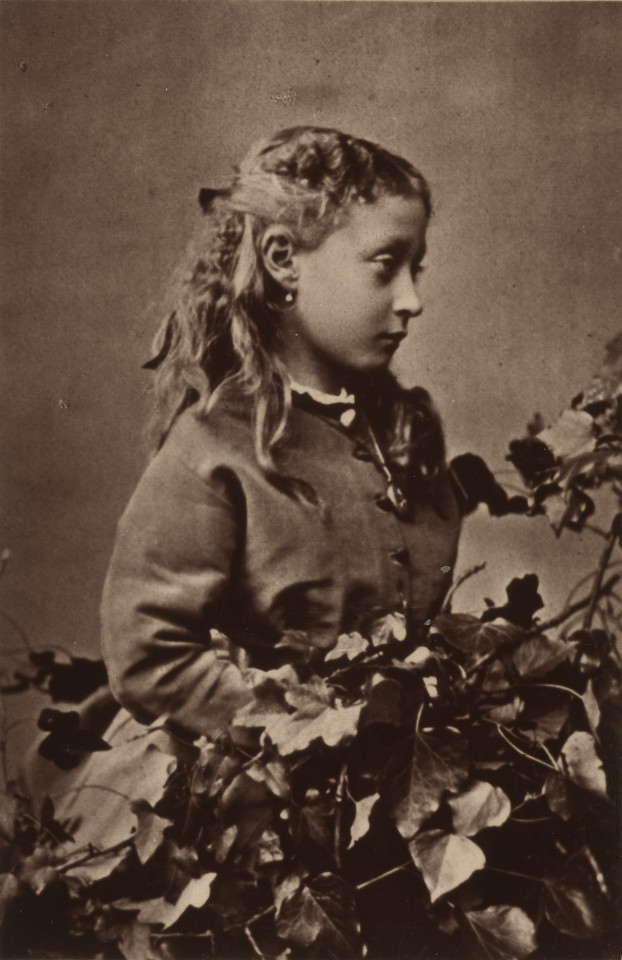
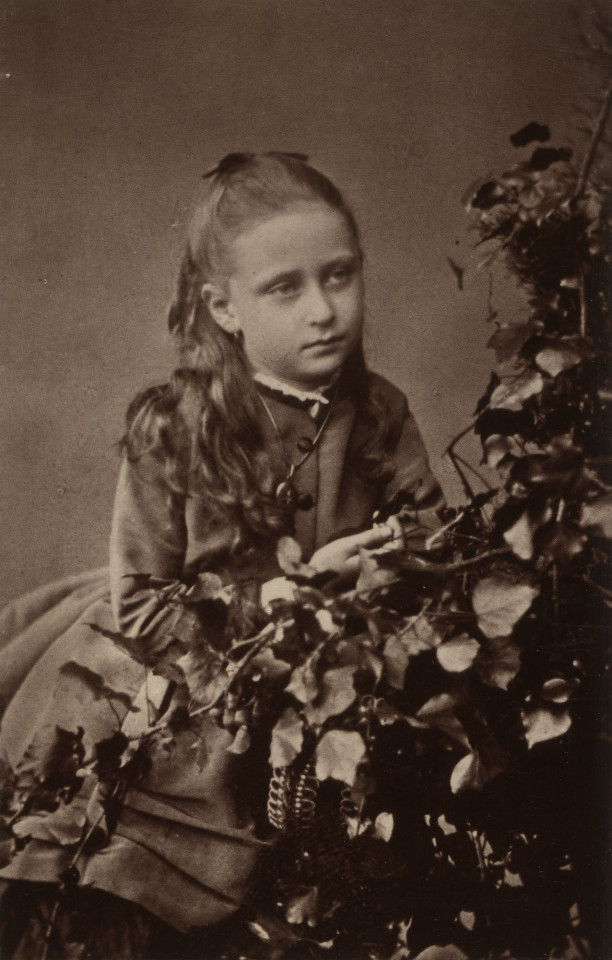
EXTREMELY rare photos of Princesses Victoria and Elisabeth of Hesse and By Rhine, early 1870s
Royal Collection Trust / © His Majesty King Charles III 2023
#SO RARE!!!#im so glad I found these!#🤍🤍🤍#princess victoria of hesse#princess elisabeth of hesse#hessian royal family#Victoria marchioness of Milford haven#princess Victoria of Battenberg#grand duchess elisabeth feodorovna#elisabeth feodorovna#elizabeth feodorovna#marchioness of Milford haven#rare photos#Hesse#ella of hesse#elisabeth of hesse#victoria of hesse#princess victoria#princess elisabeth#royal collection trust
150 notes
·
View notes
Text

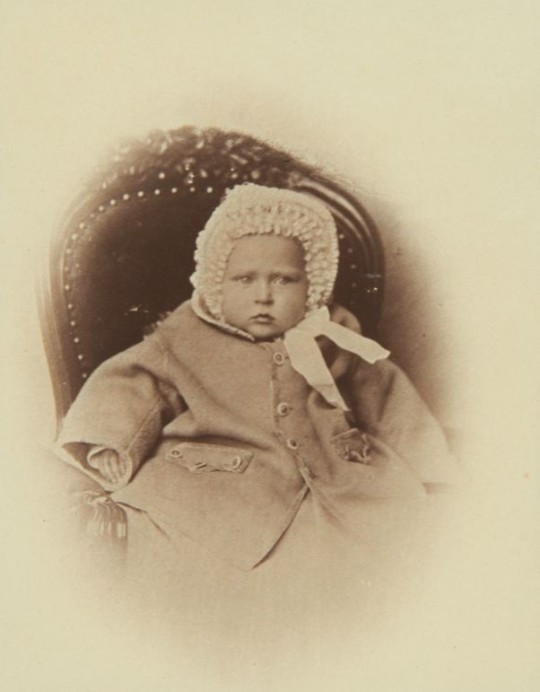

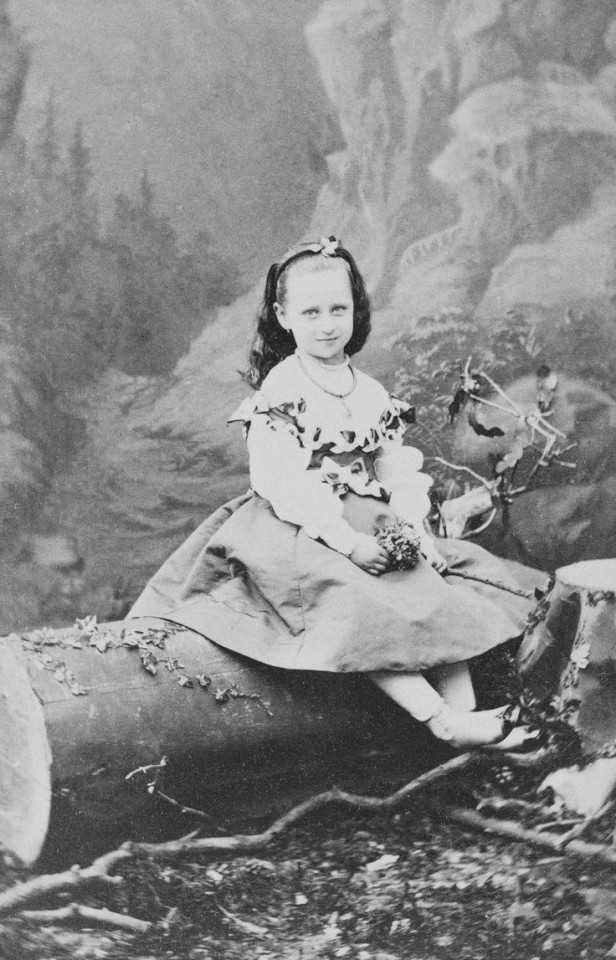


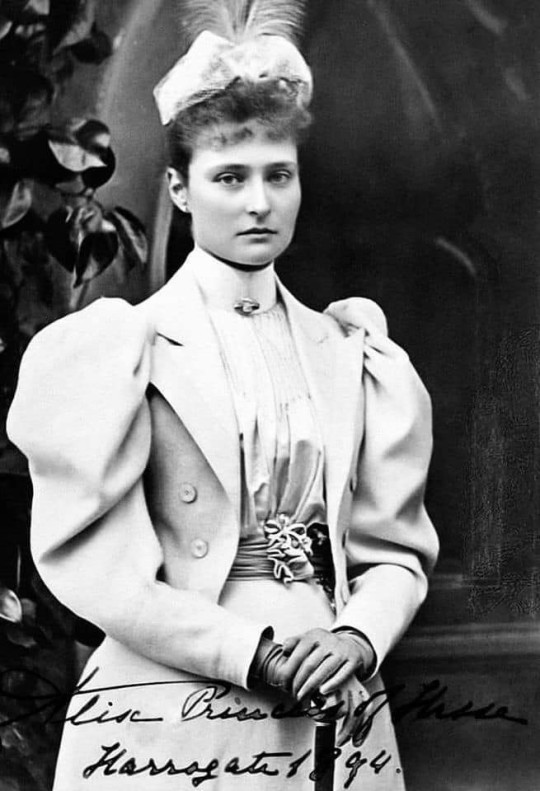

#my polls#princess victoria of hesse#victoria mountbatten#grand duchess elisabeth feodorovna#elisabeth of hesse#princess irene of hesse#princess henry of prussia#empress alexandra feodorovna#alix of hesse#hessian sisters#hessian
45 notes
·
View notes
Text

A page of the diary of 12-years old Princess Alix of Hesse and by Rhine, when she met Tsesarevich Nikolai of Russia at the wedding day of her sister Princess Elisabeth of Hesse and by Rhine, who was marrying Nicholas' uncle, Grand Duke Sergei Alexandrovich. Both poem and drawing made by Alix!!
#ooh new rare!#THIS IS VERY RARE AND VERY CUTE!!!!#literally crying#🤍🤍❤️❤️#my lovely#princess alix of hesse#tsarina alexandra#alexandra feodorovna#princess elisabeth of hesse#ella#grand duchess elisabeth feodorovna#elisabeth feodorovna#grand duke sergei alexandrovich#sergei alexandrovich#romanovs#romanov#russian imperial family#hessian royal family#hessian royals#diary#romanov diary#romanov diaries#romanov belongings#hessian royal family belongings#wedding#wedding day#royal wedding
34 notes
·
View notes
Text
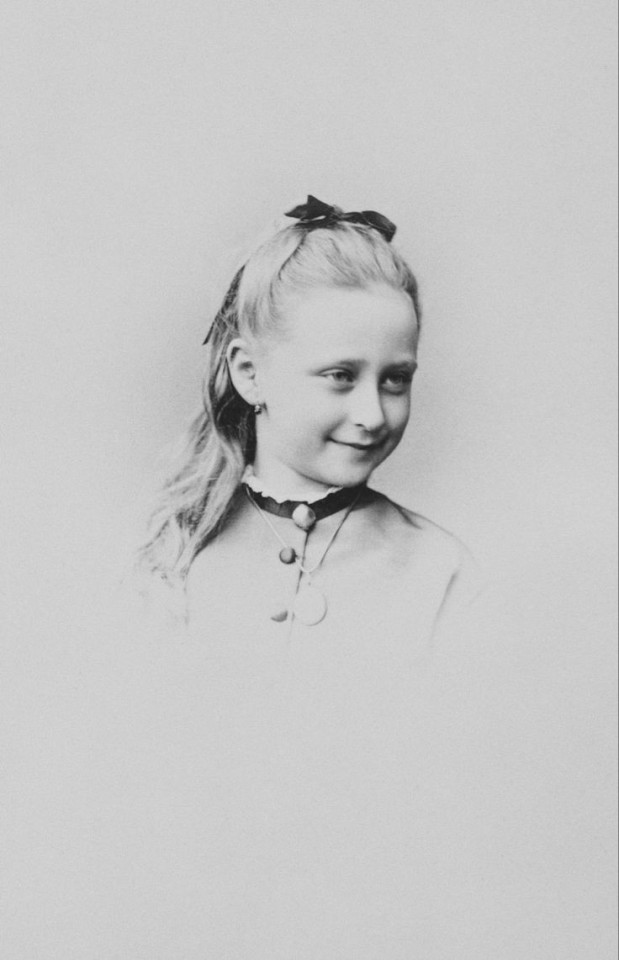

Happy 159th birthday to Grand Duchess Elisabeth Feodorovna (née Princess of Hesse and By Rhine), Nov. 1st 1864 🤍
“Heard just before going out by telegraph from Louis, that dear Alice had got a 2nd daughter… & that both were doing well. Very thankful, as had felt rather anxious about her, but am sorry it is again a girl…”
— Queen Victoria’s diary, Nov. 1st 1864
#happy birthday#november 1#1864#princess Elisabeth of hesse#elisabeth feodorovna#grand duchess Elisabeth feodorovna#elizabeth feodorovna#birthdays#hessian royal family#queen victoria#letters and diaries#On this day#hesse#romanov#romanovs
17 notes
·
View notes
Text

4 notes
·
View notes
Text
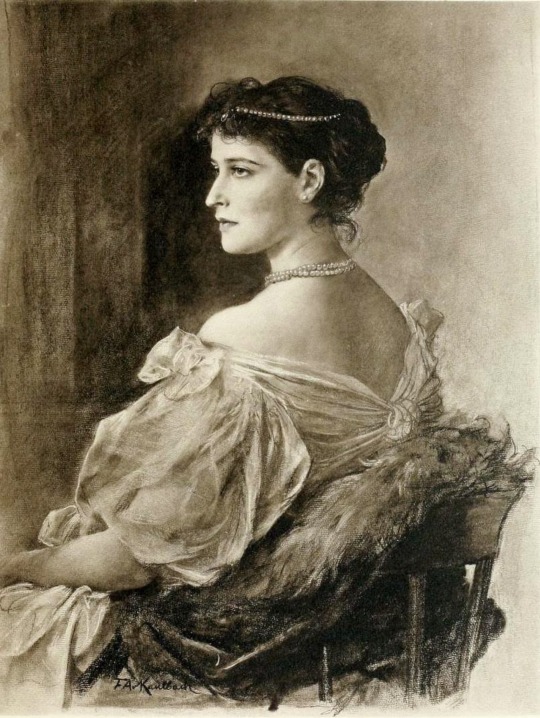
Elizabeth Feodorovna, Friedrich August von Kaulbach. 1903.
#aesthetic#art#Romanov#Elizabeta feodorovna#russian imperial family#Elisabeth of Hesse#Russia#Russian art#imperial Russia#the Romanovs#1900s#1900s fashion#Edwardian#Edwardian aesthetic#Edwardian fashion#grand duchess#imperial russian fashion#sketch#graphite art
21 notes
·
View notes
Photo
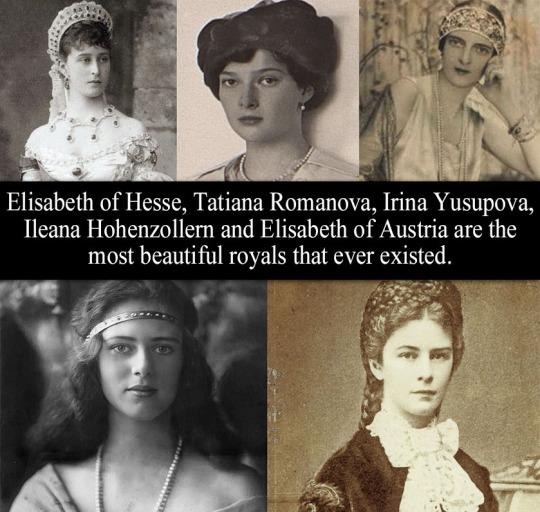
“Elisabeth of Hesse, Tatiana Romanova, Irina Yusupova, Ileana Hohenzollern and Elisabeth of Austria are the most beautiful royals that ever existed.” - Submitted by romanovfairies
#Grand Duchess Elizabeth Feodorovna#Grand Duchess Tatiana Nikolaevna#Princess Irina Alexandrovna#Princess Ileana#empress elisabeth#romanovfairies
38 notes
·
View notes
Text

“I did a portrait of the Grand Duchess Anna, the wife of the Grand Duke Konstantin. She, born a Princess of Saxe-Coburg, did not have a celestial face like her sister-in-law, was nevertheless sweetly pretty. She was probably sixteen, and her features were all life and mirth. Not that this young Princess ever knew much happiness in Russia…”
- Louise Elisabeth Vigee-Lebrun on Grand Duchess Anna Feodorovna of Russia (née Princess Juliane of Saxe-Coburg-Saalfeld).
57 notes
·
View notes
Photo








5th May 1912 part 1/2
Photo 1-2 : Grand Duchess Olga Nikolaevna and Grand Duchess Tatiana Nikolaevna in Oreanda, 5th May 1912.
Photo 3 : Grand Duchess Eleonore of Hesse and by Rhine and Grand Duke Ernst Ludwig of Hesse and by Rhine in Oreanda, 5th May 1912.
Photo 4 : Grand Duchess Olga Nikolaevna at the ruins of the Oreanda palace, 5th May 1912.
Photo 5 : Grand Duchess Elizabeth Feodorovna at the ruins of the Oreanda palace, 5th May 1912.
Photo 6 : Tsar Nicholas II at the ruins of the Oreanda palace, 5th May 1912.
Photo 7 : Tsaritsa Alexandra Feodorovna in Oreanda, 5th May 1912.
Photo 8 : Grand Duchess Olga Nikolaevna, Grand Duchess Tatiana Nikolaevna and Tsaritsa Alexandra Feodorovna in Oreanda, 5th May 1912.
"5th May. Saturday.
With A[unt] and T[atiana] rode on horseback to Oreanda on the Cross Hill. Zlebov and Kublitsky had breakfast with us. In the afternoon, all together and with Mama went to Oreanda and from there we 2 with Aunts, Papa and Uncle went to Harax for tea. The weather was wonderful. Was at vsenoshchnoy. Had dinner on the balcony. There was a thunderstorm."
1912 Diary of Grand Duchess Olga Nikolaevna
Photos from:
Tsaritsa Alexandra Feodorovna's 1912-1916 Album/ Pages 9&9b - photo 125, 126, 128, 129, 130, 132
Grand Duchess Tatiana Nikolaevna's 1910-1912 Album/ Page 25b - photo 384, 385
#1912#oreanda#big pair#Tatiana Nikolaevna Romanova#Olga Nikolaevna Romanova#alexandra feodorovna#Nicholas II#grand duke ernst ludwig of hesse#grand duchess eleonore of hesse#elisabeth feodorovna
48 notes
·
View notes
Text

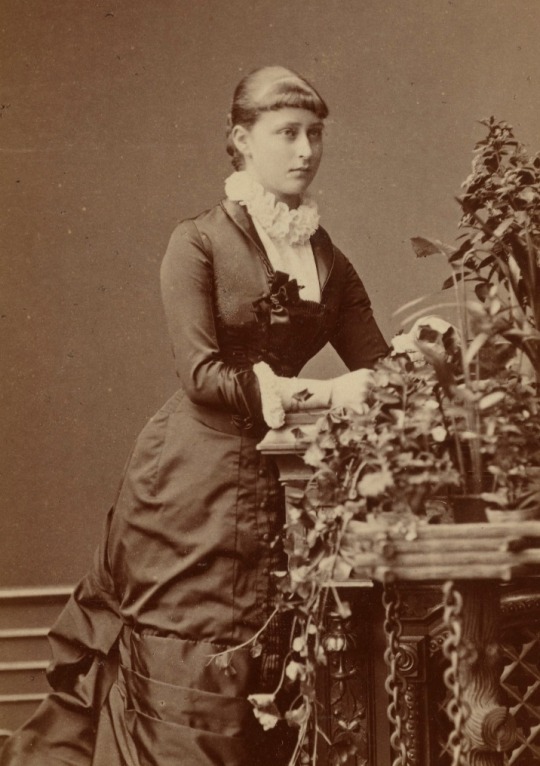

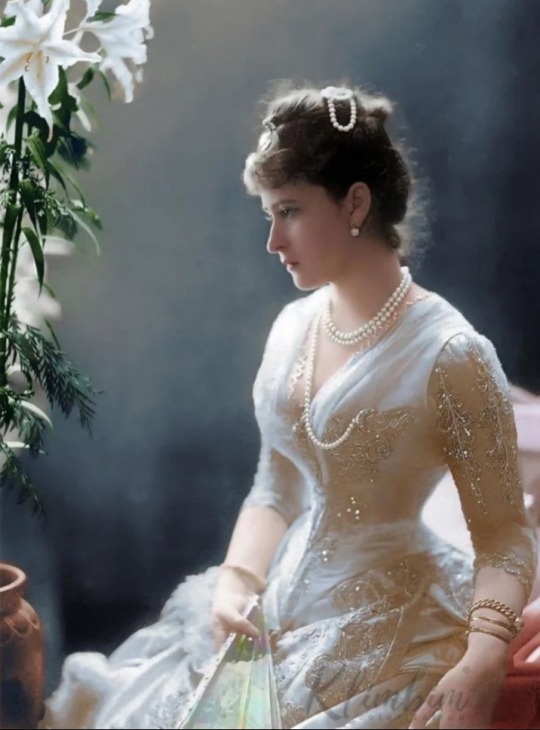
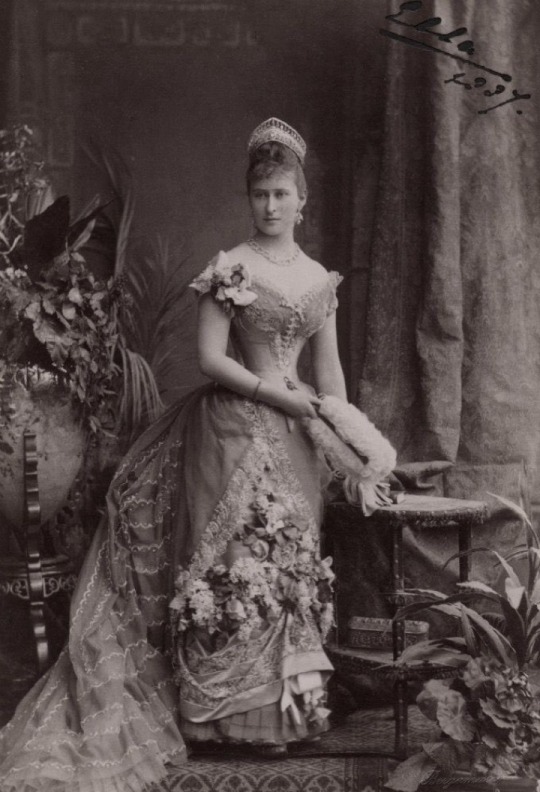
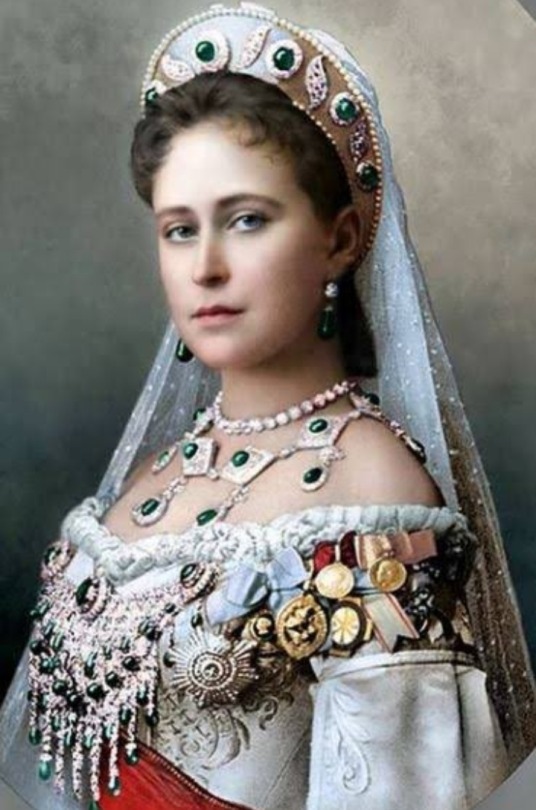
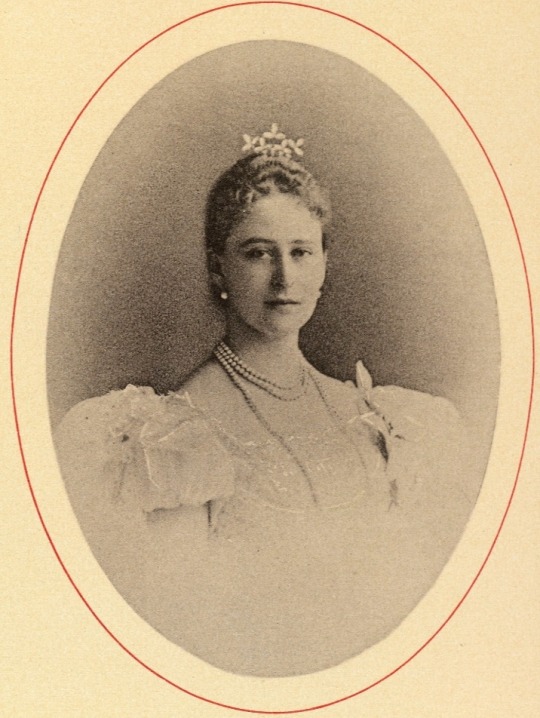



BORN ON THIS DAY:
Grand Duchess Elizabeth Feodorovna of Russia (born Princess Elisabeth of Hesse and by Rhine; 1 November 1864 – 18 July 1918) was a German Hessian and Rhenish princess of the House of Hesse-Darmstadt.
She was the wife of Grand Duke Sergei Alexandrovich of Russia, the fifth son of Emperor Alexander II of Russia and Princess Marie of Hesse and by Rhine.
A granddaughter of Queen Victoria and an older sister of Alexandra, the last Russian Empress, Elisabeth became famous in Russian society for her dignified beauty and charitable works among the poor.
After the Socialist Revolutionary Party's Combat Organization assassinated her husband with a bomb in 1905, Elisabeth publicly forgave Sergei's murderer, Ivan Kalyayev, and campaigned without success for him to be pardoned.
She then departed the Imperial Court and became a nun, founding the Marfo-Mariinsky Convent dedicated to helping the downtrodden of Moscow.
In 1918, she was arrested and ultimately killed by the Bolsheviks.
She was canonized by the Russian Orthodox Church Abroad in 1981 and by the Moscow Patriarchate in 1992 as Holy Martyr Elizabeth Feodorovna (Saint Elizabeth Romanova / Saint Elizabeth the New Martyr).
#Grand Duchess Elizabeth Feodorovna of Russia#Princess Elisabeth of Hesse and by Rhine#House of Hesse-Darmstadt#House of Saxe-Coburg and Gotha#British Royal Family
1 note
·
View note
Text

Princess Elisabeth of Hesse and By Rhine | Grand Duchess Elisabeth Feodorovna
(Edited and colorized by me)
#princess elisabeth of hesse#elisabeth feodorovna#colorized#hesse#made by me#ella of hesse#grand duchess Elisabeth feodorovna
5 notes
·
View notes
Text
On this day, 105 years ago, on July 18th, 1918.
Grand Duchess Elisabeth Feodorovna was murdered by being thrown down a disused mine shaft in Siniachikha, Russia.
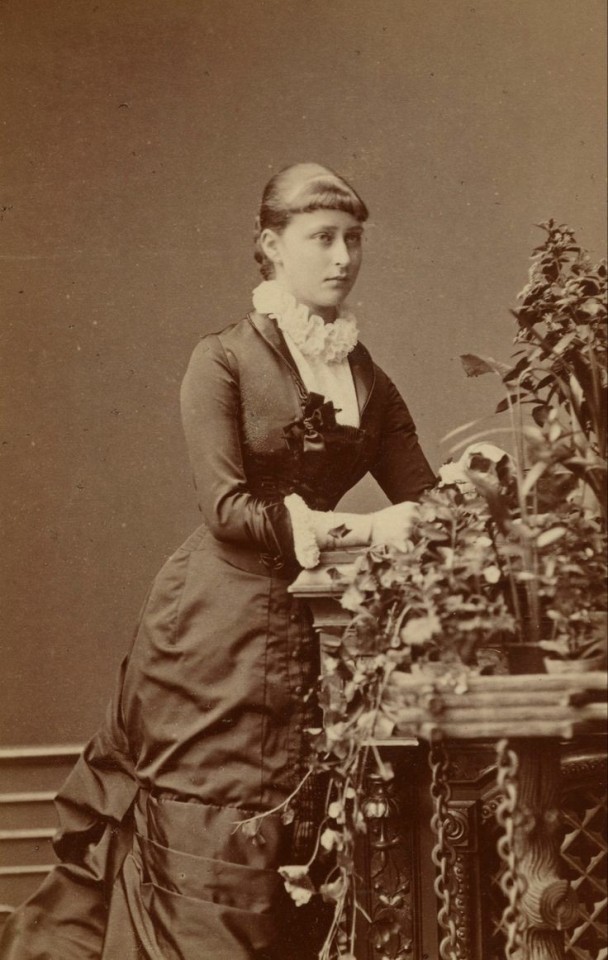








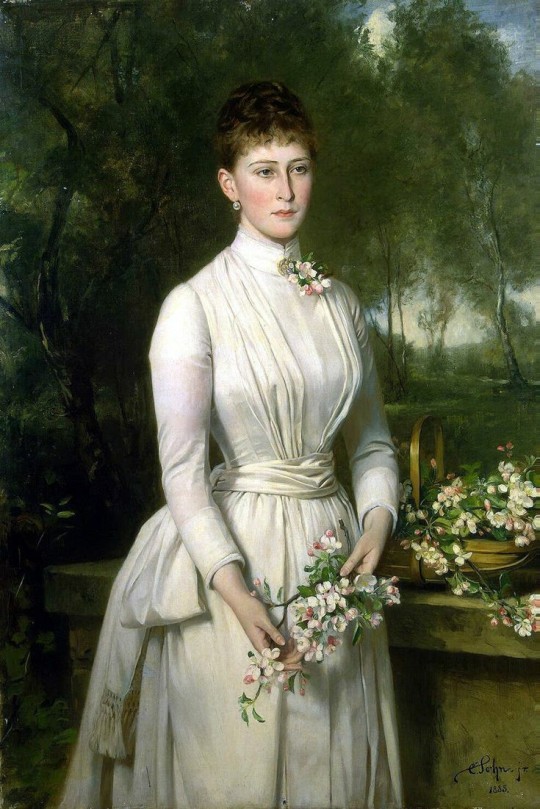
63 notes
·
View notes
Photo
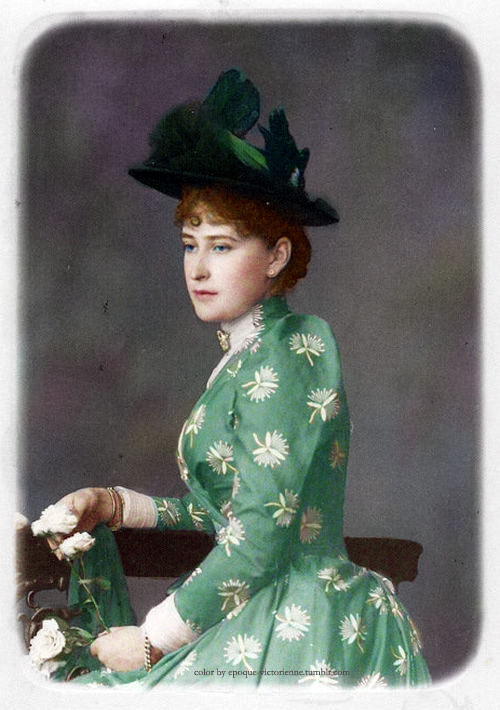
#Grand Duchess Elizaveta Feodorovna#Princess Elisabeth of Hesse#1890s#Romanovs#Colorization#Colorized Photo#Victorian#Russia
0 notes
Text

Princess Elisabeth of Hesse, future Grand Duchess Elizaveta Feodorovna.
59 notes
·
View notes
Text

0 notes
Text

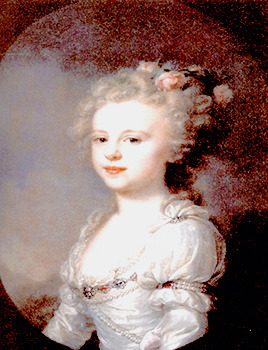

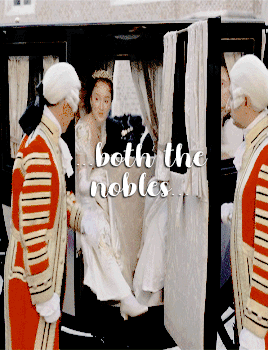
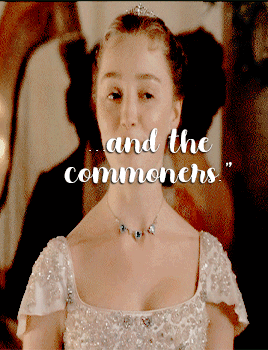
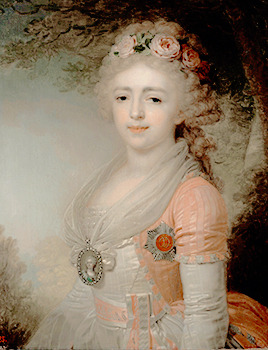
"In 1799, three years after her failed betrothal with the King of Sweden, another marital project originated for Alexandra. Previously in 1798, Dukes Ferdinand Augustus and Alexander Frederick of Württemberg who were the brothers of the Empress Maria Feodorovna, arrived in St. Petersburg to serve in the Russian army. They expressed the interest of Austria to join with Russia in a coalition against the rising power of the French Republic and Napoleon, and to cement this alliance, it was decided to arrange a marriage between Alexandra and Archduke Joseph of Austria, Palatine (Governor) of Hungary and a younger brother of Francis II, Holy Roman Emperor. Archduke Joseph personally came to Russia to see his bride. The meeting between them was successful. In mid-February 1799 the betrothal ball was held. Later, a marriage contract was signed in which Alexandra would be allowed to kept her Russian Orthodox faith. In October, Count Fyodor Rostopchin wrote:
"Believe me, that's not good started to strengthen the alliance with the Austrian court by ties of blood... Of all the sisters she will be given the least successful marriage. She will have nothing to wait for, and her children even more so."
On 25 September 1799, a decree was published about the royal title of Alexandra. In Russia, she was referred to as "Her Imperial Highness Grand Duchess the Archduchess of Austria" with the French prefix of "Palatine d'Hongrie". The wedding took place on 30 October 1799 at Gatchina Palace, one week after the wedding of her sister Elena. To celebrate both events, poet Gavrila Derzhavin wrote the ode "the wedding celebrations of 1799". On 21 November the couple went to Austria. Countess Varvara Golovina remembered that Alexandra was sad to leave Russia, and her father Emperor Paul I "constantly repeated, would not see her since her sacrifice." According to Alexandra's confessor, Andrei Samborski, Alexandra was given a cold reception in Vienna. However, other sources offer a different view. Queen Maria Carolina of Naples (the Emperor's mother-in-law) and her daughters arrived in Vienna in August 1800 for a long stay. Maria Carolina's daughter, Princess Maria Amalia of Naples, wrote in her journal that on 15 August the Queen and her daughters were introduced to Alexandra, whom she described as "very beautiful". Maria Amalia and Alexandra became friends during this time; and the Princess of Naples wrote in her journal that the Russian Grand Duchess and her husband had a friendly relationship with the rest of the imperial family and took part in the family gatherings, parties and balls in Vienna, which contrasts with the version given by Andrei Samborski. For instance, in January 1801, Maria Amalia wrote in her journal that the imperial family used to attend balls in Archduke Joseph's residence in Vienna, where "beautiful Alexandra, always serious and sad, has a magnificent household." When she was presented to Emperor Francis II, she reminded him of his first wife Elisabeth of Württemberg, who was her maternal aunt; this caused the jealousy of Empress Maria Theresa, Francis II's second wife, who also was envious of Alexandra's beauty and fine jewelry. Imperial confessor Andrew Samborski wrote:
"Remembering the happy cohabitation with her led him (the Emperor) in extreme confusion of mind which afflicted the heart of the Empress, his present wife. After this, she became in the innocent victim of the Empress' implacable vengeance...The Empress not forgotten and humiliated her parents and siblings when she called them a family of freaks, due to the treatment that Grand Duke Constantine gave to his wife."
Once, Alexandra turned up to a ball beautifully dressed, with magnificent jewellery. The Empress was incensed at being upstaged by the Archduchess, and ordered her to remove her jewellery, and also told her that she could no longer wear them. Heeding her instructions, Alexandra only decorated her hair with flowers when she attended a play some time later. The flowers highlighted her beauty, leading her to be applauded and being given a standing ovation, making Maria Theresa even more furious. Archduke Joseph could not protect his wife from these attacks. Furthermore, her Eastern Orthodox faith aroused the hostility of the Roman Catholic Austrian court, who urged her to convert. Pavlovna was popular among Hungarians, both the nobles and the commoners. According to the legend, it was her suggestion to add the color green as the third color to the flag of Hungary. Hungarians had been using red and silver, then red and green as their national colors for centuries at the time. However, in the late 18th century, a third color was proposed to be added to the flag, to follow the style of the French tricolor. Pavlovna suggested green as a symbol for hope. By the mid-19th century, the red-white-green Hungarian tricolor became widespread.
Wikipedia of Grand Duchess Alexandra Pavlovna.
81 notes
·
View notes